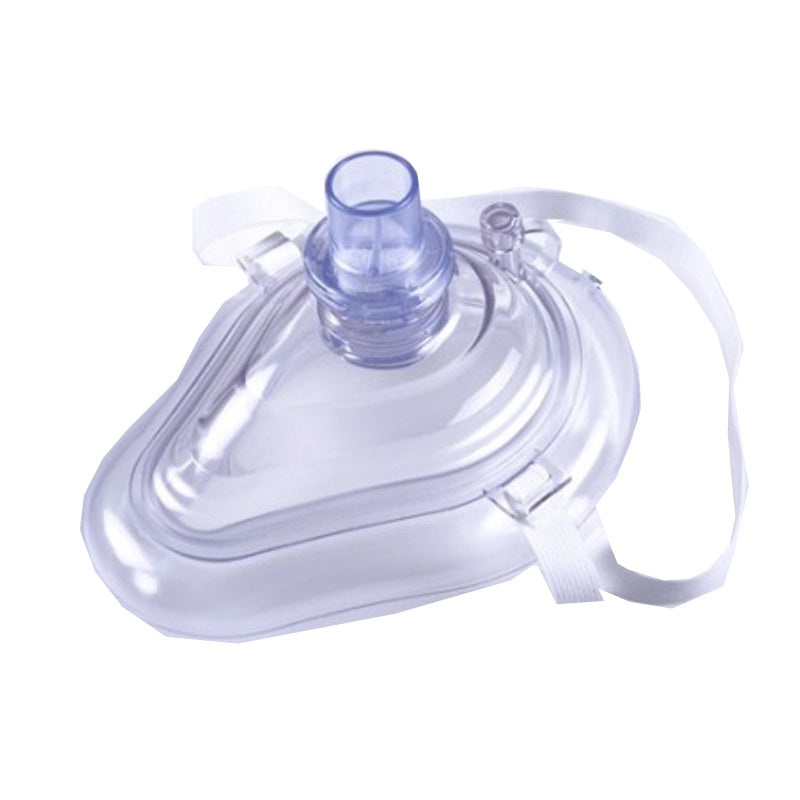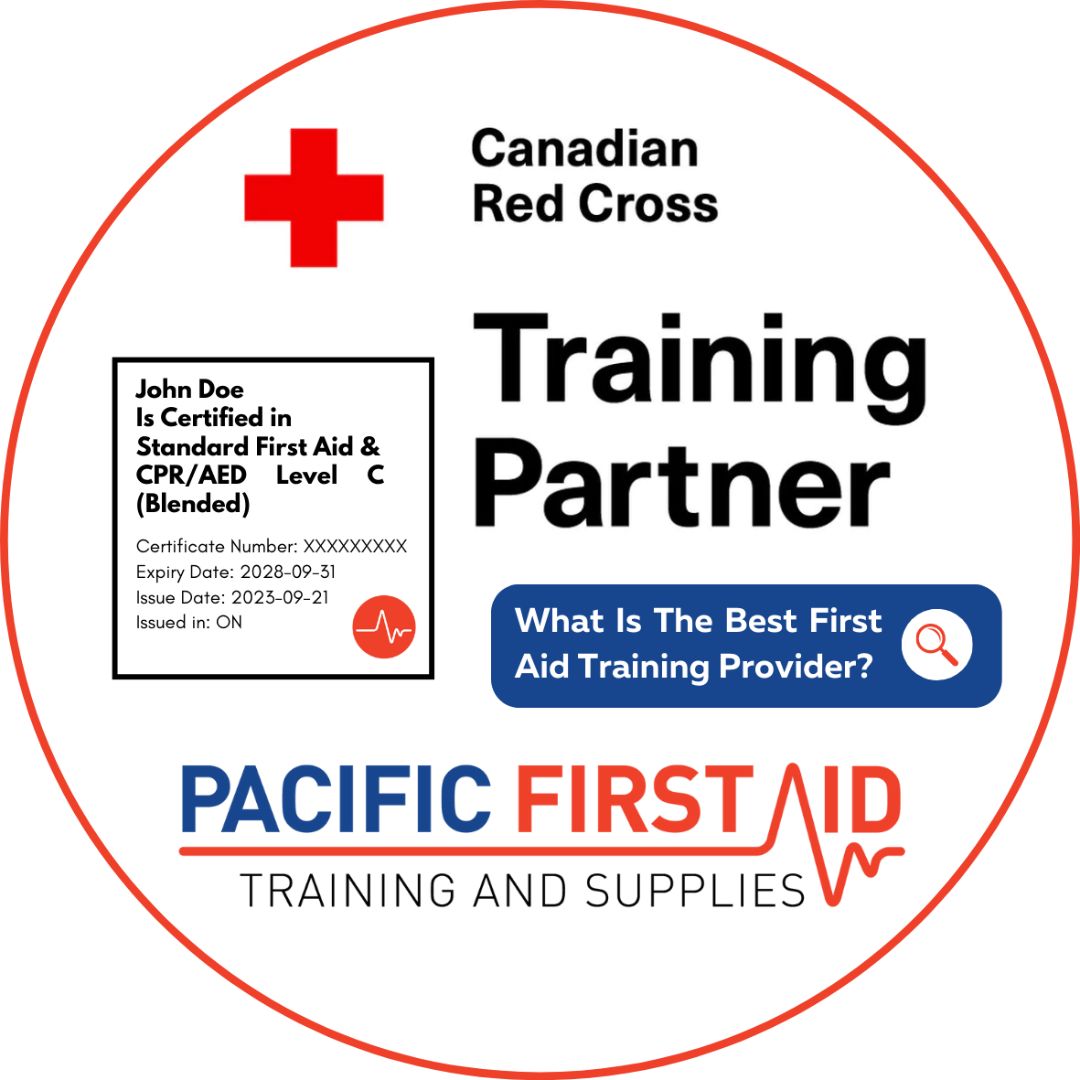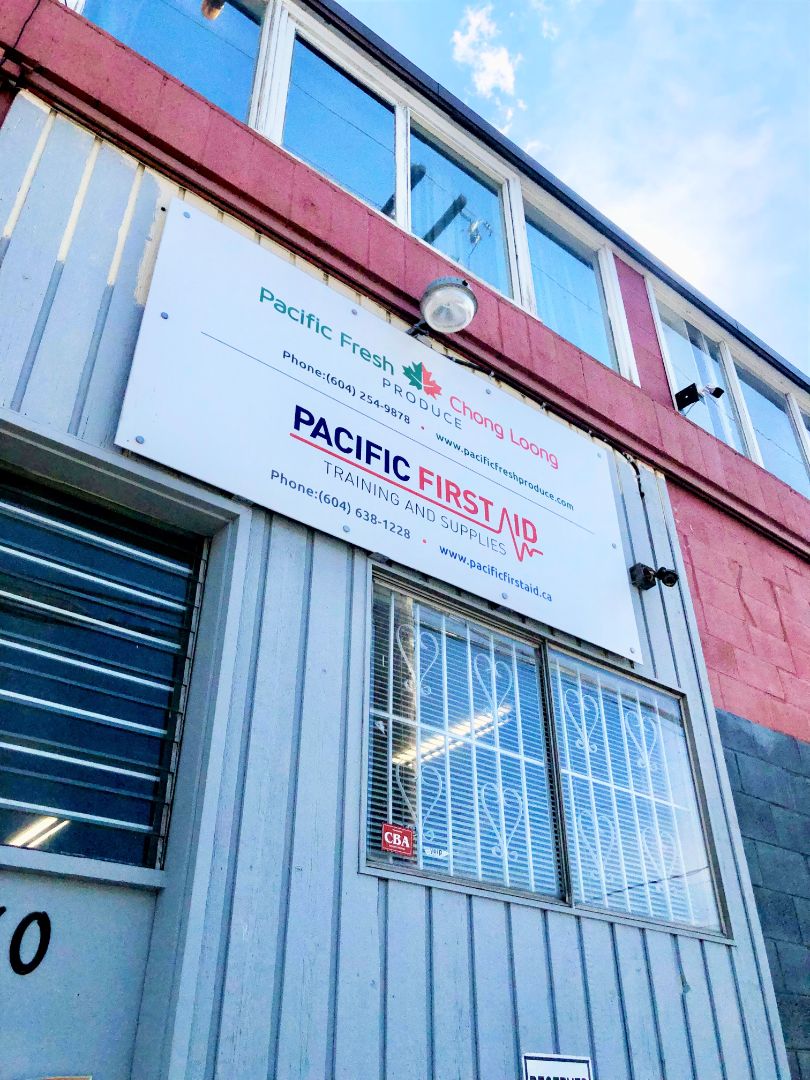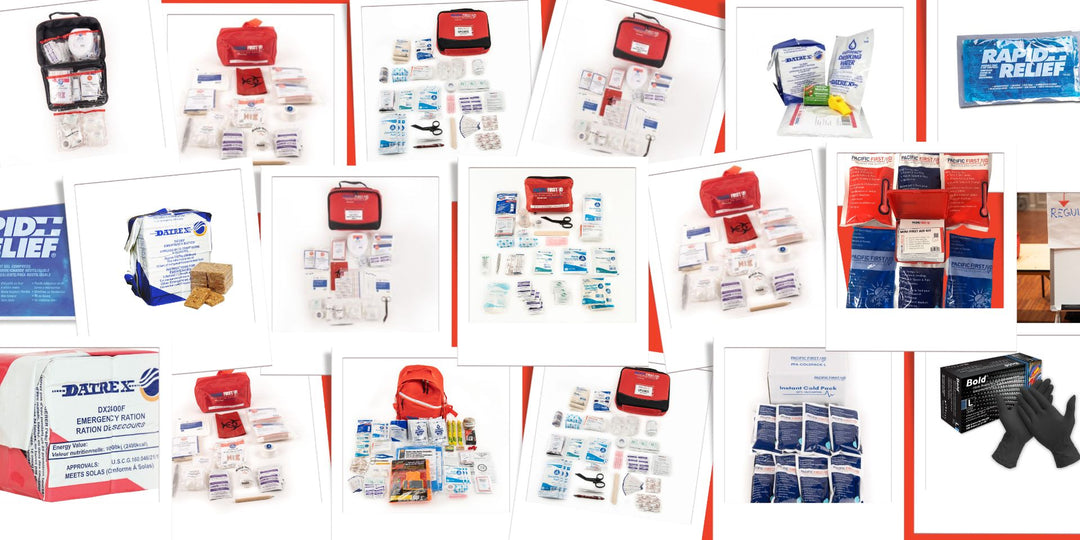
How to use an AED
What is an AED?
Aed stands for Automated External Defibrillator. AEDs deliver a therapeutic shock to the heart as a treatment for those in sudden cardiac arrest (also known as SCA). AEDs are safe and easy to use and can often be found on the walls of public venues and corporations across North America. With Pacific First Aid, you can take your own online first aid course in BC.
Why do we use AEDs?
During a sudden cardiac arrest, the heart stops suddenly and in 90% of cases, the heart will go into a fatal rhythm. This rhythm is called ventricular fibrillation and the only way to treat this is by applying an electric shock to the heart. That’s where AEDs come in. AEDs can be used on people of any age with no medical training. AED training is becoming more and more common in both standard and CPR and first aid online courses.
A brief history of AEDs
Thanks to Claude Beck, professor at Case Western Reserve University, that defibrillation is around today. In 1947, he successfully used an electrical shock to restore a normal heartbeat to a 14-year-old boy.
Another important figure in the development of AEDs is Professor John Anderson, founder of HeartSing Technologies. He is known for creating the first portable defibrillator in 1966. At the time, this defibrillator weighed 110 pounds and had to be charged with a car battery.
How to use an AED
First things first, you’ll want to power on the AED and make sure to follow all the prompts available. Place the AED near the victim/patient’s head and make sure to note if the model you’re using requires you to push a button.
Next up, apply the AED pads to the victim. Expose the chest and make sure to rid it of any moisture (water or sweat) and apply the pads to the chest.
● Place one of the pads on the right side of the chest, right below the collarbone
● Place the second pad on the lower left side of the chest
● Connect the pads to the AED if they’re not already connected
If there happen to be two trained rescuers on the premises, one will normally perform CPR while the other uses the AED. The one with the AED will apply the pads around the hands of the person giving chest compressions. It’s important that you don’t stop performing CPR while the AED is being prepared. The AED will inform the user when to stop performing CPR when it’s ready to analyze the patient’s heartbeat.
For the third step, clear the patient and shock. It’s imperative that no one touches the victim or their clothing while the AED delivers a shock. When you’re prompted by the AED, make sure to check that no one is touching the victim and then you can push the shock button. With these steps, you can react to emergency situations in a timely fashion.
If you’re looking to take a standard first aid course online, Pacific First Aid is a good place to start. In these courses, you can learn everything from CPR, AEDs and how to administer first aid and prepare first aid kits.






